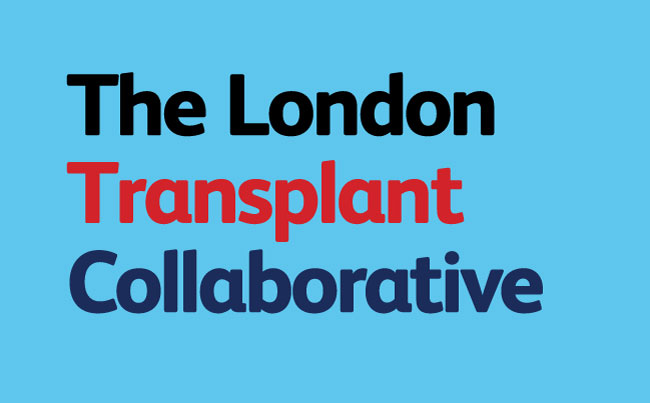I have luckily not experienced kidney failure, but I suspect I would be devastated if I were on the waiting list for a kidney transplant and, after a long wait, an organ became available, yet the transplant did not proceed due to a lack of access to an operating theatre. It was in part to solve such a problem that the Pan-London Transplant Collaborative (PLC) was set up.
Pan-London Transplant Collaborative (PLC)
The PLC grew out of a national meeting in 2018, organised by the British Transplant Society and NHS Blood and Transplant, entitled ‘A sustainability and resilience summit’. In the face of tremendous successes in increasing deceased-donor transplants by over 50% in less than a decade, these bodies had become aware that clinical staff were reporting difficulties in managing the dramatic increase in emergency work.
One theme that emerged was that transplant units were often faced with multiple organ offers, yet only had access to a single emergency operating theatre. This led to difficulties in successfully transplanting all the recipients, particularly as there are limits to the of time the kidney can be kept on ice (the cold ischaemic time).
The PLC was initially a loose alliance, formed by representatives from each of the five London transplant units, with the aim of addressing some of these problems. It has subsequently developed into a more formalised structure, supported by NHS Blood and Transplant, chaired by Dr Gareth Jones from the Royal Free Hospital. The PLC considers how collaboration can help us deal with busy periods, as well as considering staffing, training and research. The first success has been the establishment of an organ-sharing pathway across London, led by Professor Mamode of Guy’s Hospital.
No transplant recipient should be denied
The PLC’s principle is that no transplant recipient should be denied a transplant simply because their transplant unit is faced with a high number of organ offers that exceeds capacity in the operating suite. The idea is that if such a situation arises, consideration should be given to transferring a recipient, along with the kidney, to be transplanted in another London centre. While this means that the patient would be treated by a different team, it would mean that they could still obtain a transplant that otherwise might not be possible, or might lead to substandard results due to a long wait for access to theatre.
Certain principles were key: patients could choose not to be transferred, even if this meant the transplant could not go ahead. Only low-risk patients would be transferred, and on discharge from the other hospital they would be returned for care under their usual hospital.
Effective collaboration
The pathway has been a fantastic example of effective collaboration—surgical teams have had to trust each other, agree the same work-up parameters and arrange transfer of data in a secure fashion. As such, this is a great template for further such collaborations across the country, particularly given the likely further rise in transplants following the opt-out legislation.
By Nizam Mamode, Professor of Transplant Surgery, GSTT

